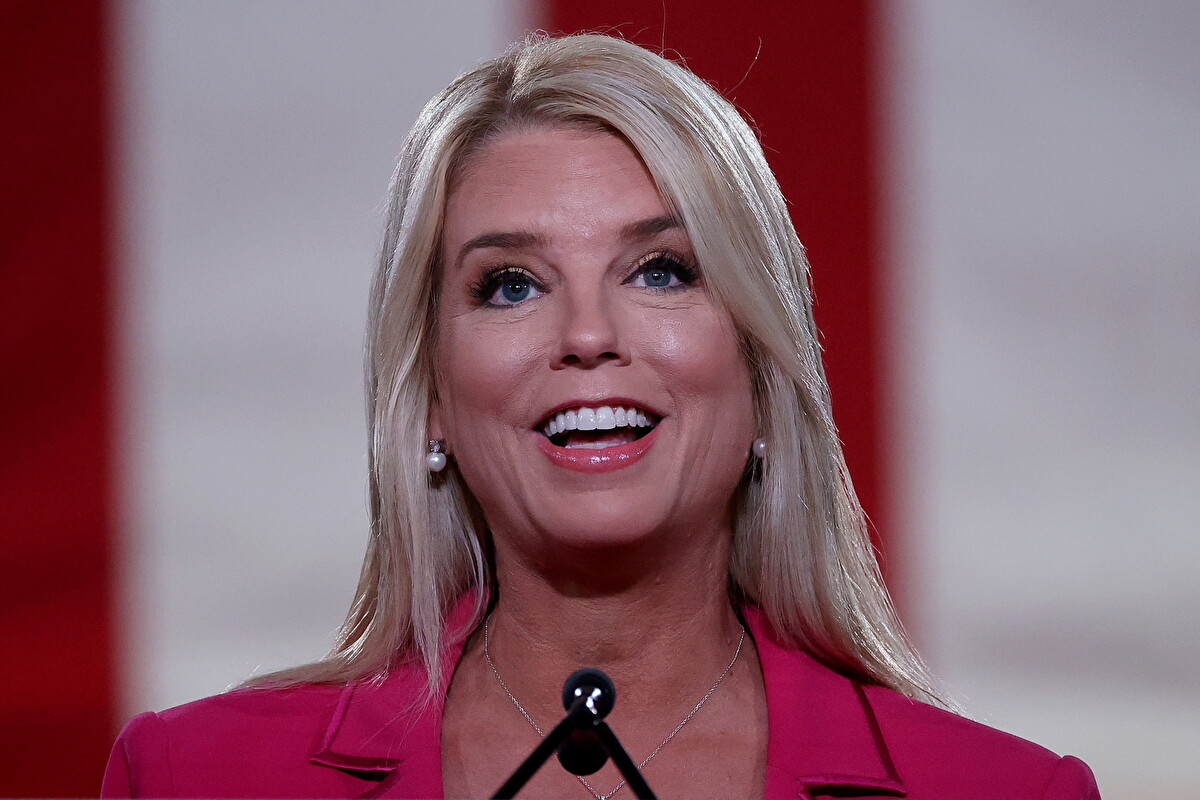The secret process for the election of the Pontiff, recently portrayed in the thriller Conclave on the big screen with Ralph Fiennes adding a touch of sex appeal, retains all the allure of Vatican ceremonies.
The next pope will be chosen by the College of Cardinals, the highest-ranking figures in the Catholic Church, appointed by the pontiff, who will travel to Rome in the coming days for the conclave. The term comes from the Latin cum clave, meaning “with key,” to indicate that it takes place in secrecy: under lock and key.
There are more than 220 cardinals from over 70 countries, but only about 120 are electors (those over 80 years old are excluded). Two-thirds of the voting cardinals were appointed by Pope Francis over the past ten years and largely reflect his vision of a more inclusive Church.
Once gathered in Rome–usually 15–20 days after the pope’s death–the cardinals meet under the magnificent ceiling frescoed by Michelangelo in the Sistine Chapel, to begin their deliberations. After the words extra omnes meaning “everyone out” are spoken, referring to all except the cardinal electors and a handful of officials and doctors, the doors are locked.
The cardinals swear an oath of absolute secrecy and are not allowed any contact with the outside world for the entire duration of the election. Their phones are taken away, and newspapers, television, letters, or messages are not permitted. The chapel is also checked for hidden microphones before and during the conclave.
The cardinals sleep and eat in a specially built residence, the Casa Santa Marta, near the Sistine Chapel, where Pope Francis lived for the past 12 years.
The conclave begins with the celebration of Mass, after which deliberations and voting begin. Voting takes place every day, morning and afternoon, until a candidate reaches a two-thirds majority. After every seven votes, there is a day of pause for prayer and reflection. If no conclusive result is reached after 30 votes, a candidate may be elected with a simple majority. The longest conclave in recent history was in 1922, when the cardinals took five days to choose the new leader.
Any baptized man can be elected pope, although a sitting cardinal is invariably chosen. Each elector receives a ballot with the words eligo in summum pontificem (“I elect as Supreme Pontiff”) printed at the top. They write the chosen name, fold the ballot, and place it in a chalice.
The vote is secret, but that doesn’t mean the process is free from factions, intrigue, and pressure.
After each voting round, the ballots are burned. Chemicals are added to make the smoke black or white. The black smoke rising from the 18-meter-high chimney signals an inconclusive vote; white smoke announces to the world that a new pope has been elected.
The elected candidate is asked whether he accepts the election and, if so, what name he chooses as pontiff. The cardinals then pledge obedience to the new pope, who is led to the nearby Room of Tears to be dressed in the white cassock, zucchetto, and red slippers. Three different-sized vestments are prepared in advance by Vatican tailors.
The Dean of the Cardinals then appears on the main balcony of St. Peter’s Basilica, where thousands of Catholic faithful and tourists will be gathered. The dean proclaims: Nuntio vobis gaudium magnum: Habemus papam“ I announce to you a great joy: We have a pope.”












